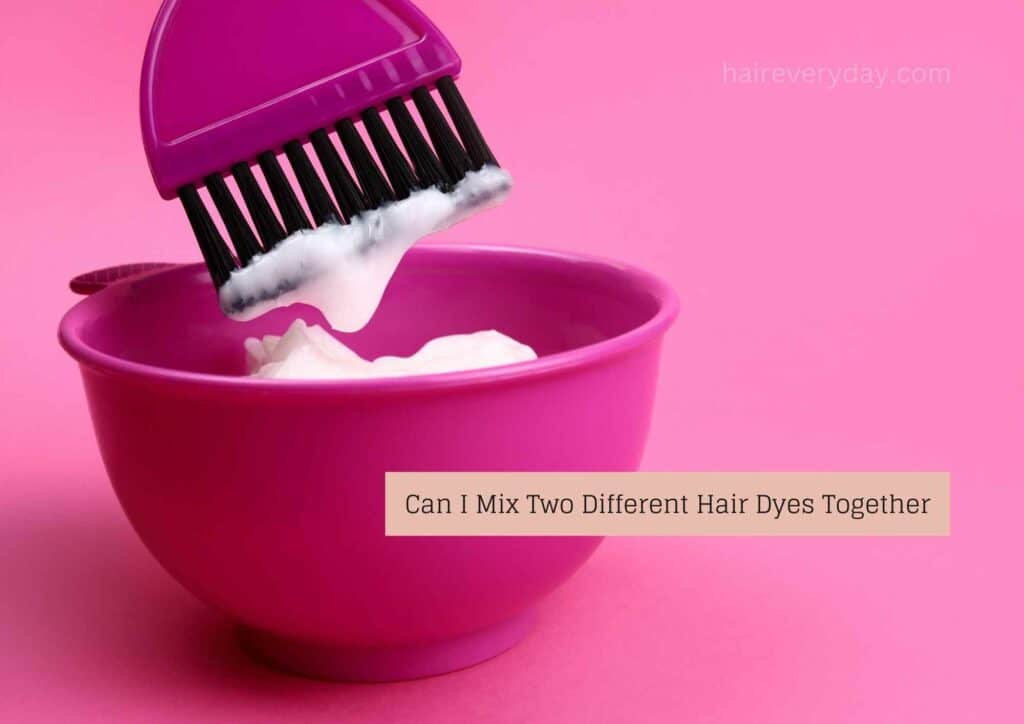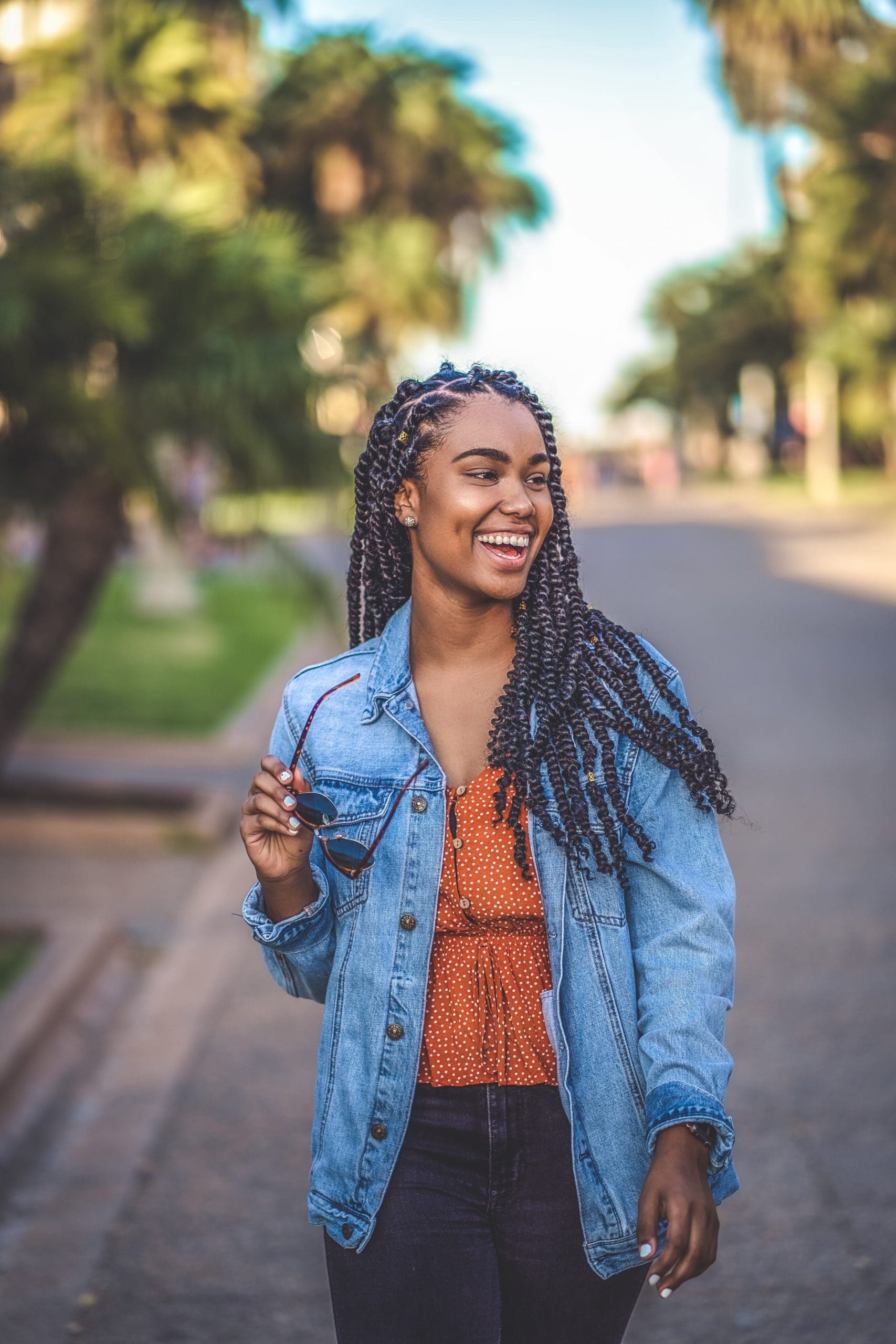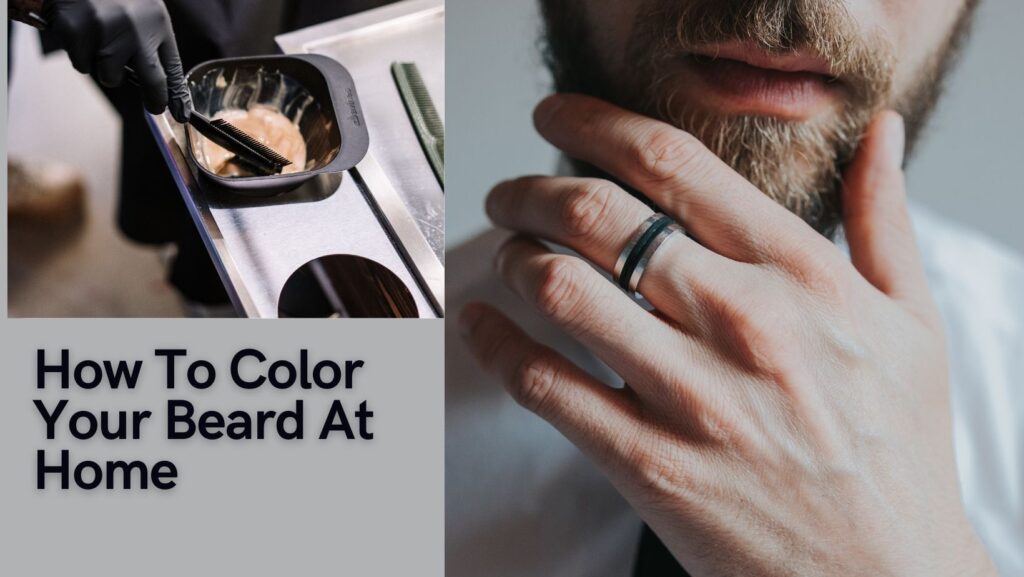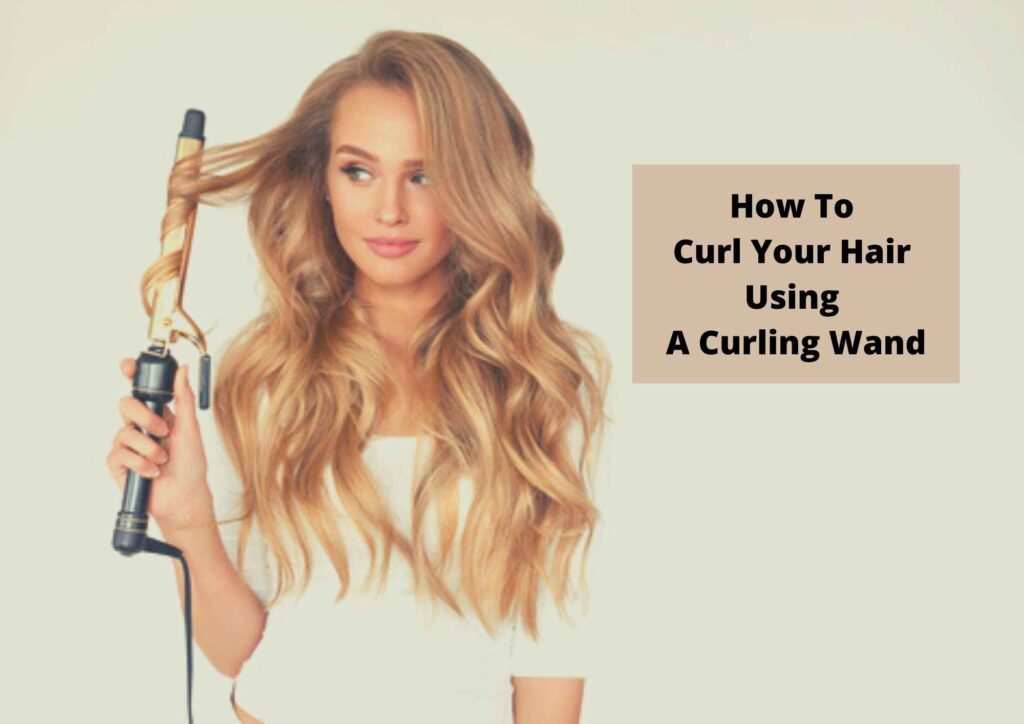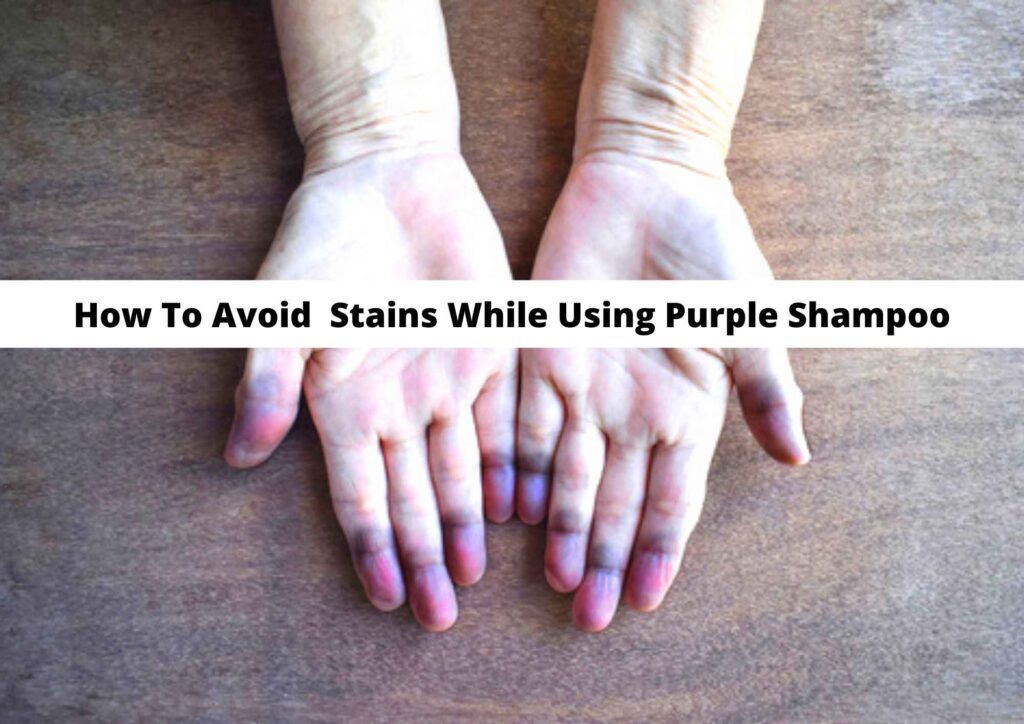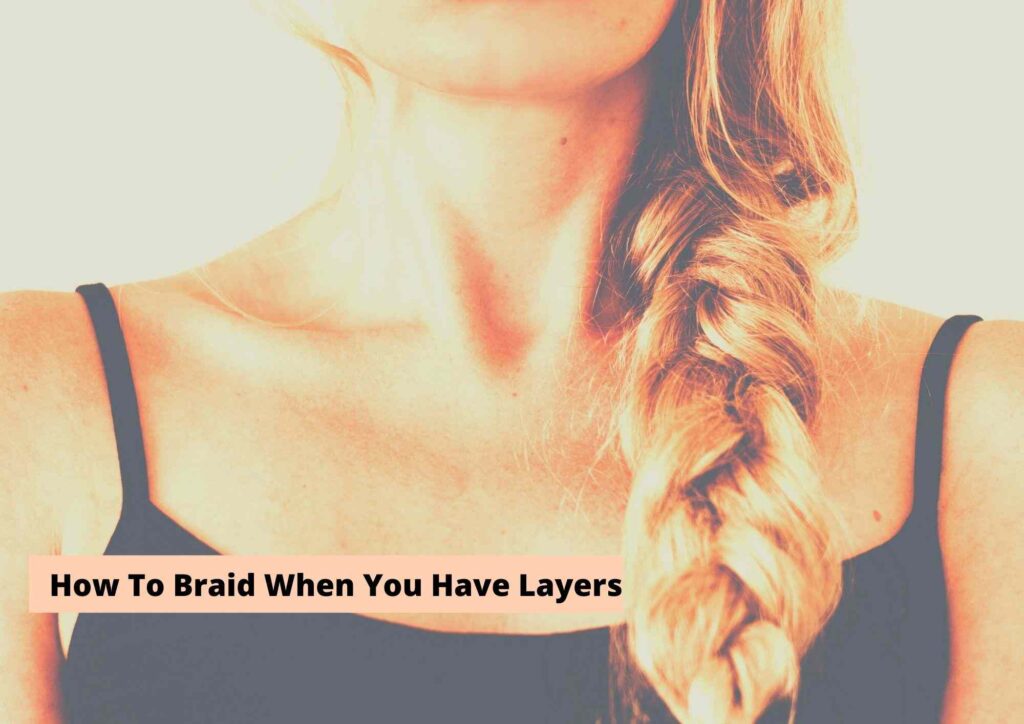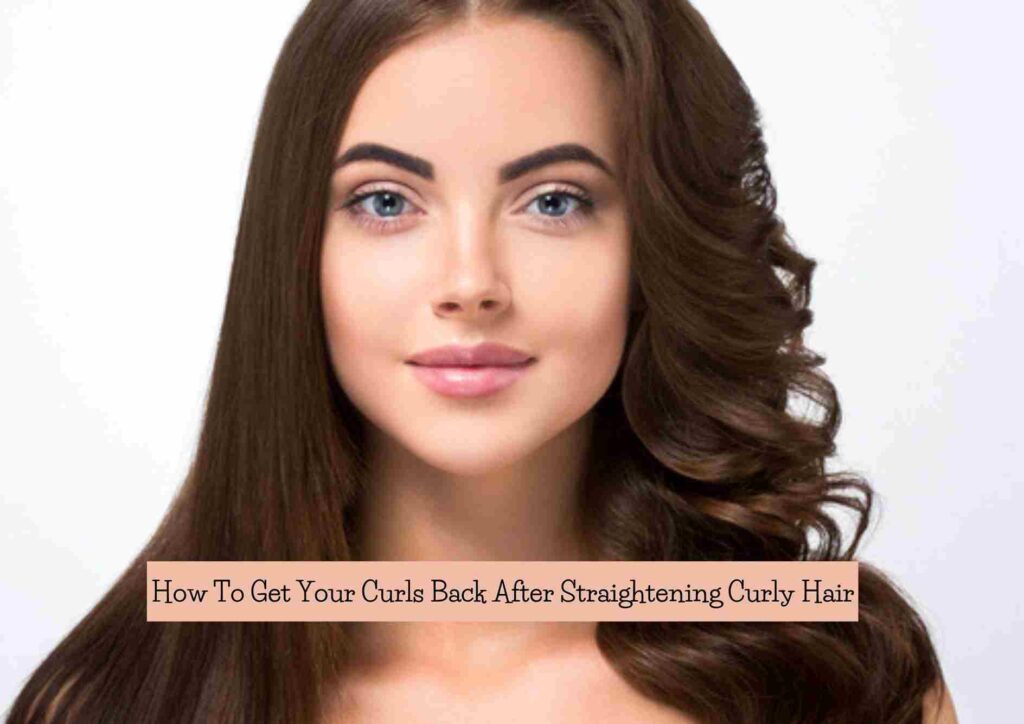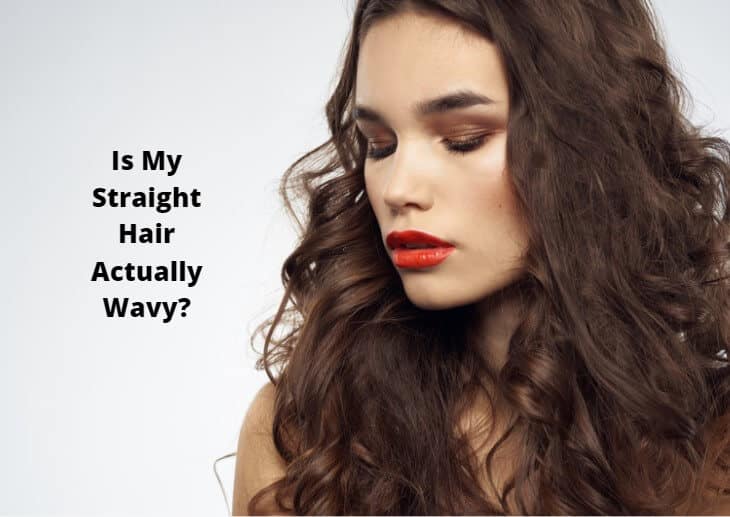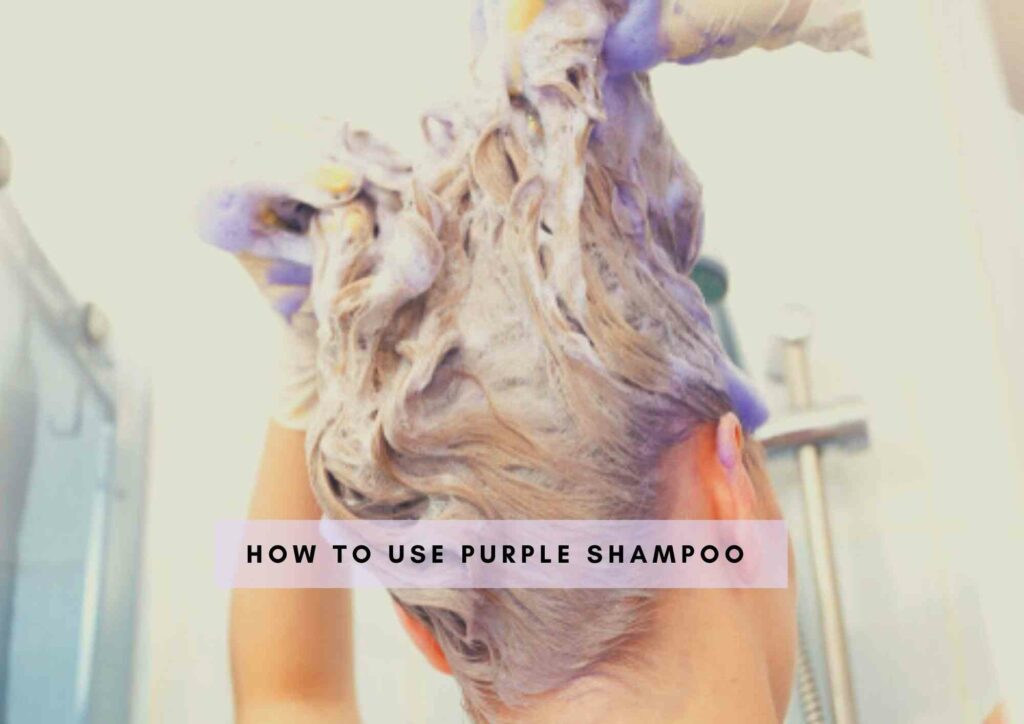Can I mix two different hair dyes together? Learn about the risks of combining hair dyes to create a custom color. Also find how to do it properly for desired results.
Venturing into the world of hair color can be as exciting as it is daunting. With a palette of shades at your fingertips, you may find yourself wondering, “Can I mix two different hair dyes to create my perfect hue?”
The answer is not just a simple yes or no; it’s a journey through the science of hair color and the artistry of personal expression. At HairEveryday, we’re here to guide you through this colorful exploration.
Mixing hair dyes opens up a spectrum of possibilities, allowing for customization that can closely match your vision. However, it’s not without its caveats.
In this detailed guide, we’ll dissect the dos and don’ts of dye blending, the importance of understanding color theory, and the steps to ensure that your DIY mixology leads to dazzling results rather than unexpected surprises.
Key Takeaways:
- Mixing two different hair dyes is possible for custom colors but requires caution.
- Ensure compatibility in type and brand to avoid chemical reactions.
- Understanding color theory aids in selecting complementary shades.
- Conduct a strand test to preview results and check for adverse reactions.
- Equal parts of each color serve as a starting mixing ratio, but adjust as needed.
- Consider undertones, darkness/lightness levels, and the color wheel when selecting hues.
- Mixing hair colors allows for personalized expression and enhanced dimensionality.
Can I Mix Two Different Hair Dyes Together?
Yes, you can mix two different hair dyes together to achieve a customized color. However, it’s crucial to ensure both dyes are the same type (permanent, semi-permanent, or demi-permanent) and from the same brand to avoid unpredictable chemical reactions. Mixing should be done carefully and ideally after consulting with a professional colorist. Always perform a strand test before applying the mixture to your entire head to preview the result and check for any adverse reactions.
Can I Mix Two Different Hair Dyes Together
- Mixing two different hair dyes together is a common query for anyone looking to achieve a unique and custom hair color.
- The good news is that it is possible to mix different hair dyes, but there are some important things to consider.
- First and foremost, make sure the two dyes are compatible and designed for mixing. Not all dyes can be combined without negative effects.
- Additionally, it is crucial to understand the color theory and how different shades interact with each other.
- Mixing two contrasting shades like blonde and brown can result in a beautiful dimensional color, while combining red and brown can create a stunning auburn hue.
- When experimenting with mixing hair dyes, always perform a strand test first to assess the final outcome. This will help you avoid any unpleasant surprises and allow you to adjust the dye ratio if needed.
- Remember, the best hair color mixing ratio can vary depending on the desired result, so don’t be afraid to experiment and find a combination that works for you.

Tips And Rules For Mixing Hair Color
When it comes to mixing hair color, there are a few tips and rules to keep in mind. Firstly, always make sure that the two hair dyes you want to mix are compatible and designed for mixing. Not all hair dyes can be combined without causing negative effects.
Secondly, it’s important to understand color theory and how different shades interact with each other. Mixing contrasting shades can result in beautiful dimensional colors, while blending similar shades can create subtle variations.
Before applying the mixed dye to your hair, always perform a strand test. This will help you assess the final outcome and make any necessary adjustments to the dye ratio.
Additionally, remember that the best hair color mixing ratio can vary depending on the desired result, so don’t be afraid to experiment and find the combination that works for you.

Related: How To Mix Developer And Bleach


Pros And Cons of Mixing Two Hair Dyes
Pros:
- Customization: Mixing two hair dyes allows for the creation of a unique and personalized color.
- Dimensionality: Blending different shades can add depth and dimension to the hair, creating a more vibrant and dynamic look.
- Creative Expression: It offers endless possibilities for experimentation and creativity, allowing individuals to achieve their desired hair color.
- Natural Appearance: Mixing complementary shades can result in a more natural-looking color, mimicking the variation found in natural hair.
Cons:
- Compatibility Issues: Not all hair dyes are compatible for mixing, which can lead to unpredictable results or even damage to the hair.
- Color Variation: Without proper understanding of color theory, there’s a risk of ending up with an unintended color due to the interaction between the mixed shades.
- Complexity: Mixing hair dyes requires careful consideration of factors such as undertones, darkness/lightness levels, and the color wheel, which can be daunting for beginners.
- Results may vary: Achieving the desired outcome may require experimentation and multiple attempts, which can be time-consuming and costly.
What Is The Best Hair Color Mixing Ratio
To achieve the best hair color mixing ratio, it is important to consider various factors, such as the starting colors, desired outcome, and personal preferences. While there isn’t a one-size-fits-all ratio that applies to every situation, there are some general guidelines to help you create your desired result.
A common recommendation is to mix equal parts of each color to achieve a balanced and consistent blend. This can be a good starting point for experimentation. However, if you’re looking for a more subtle effect, you may want to use a higher proportion of the lighter shade and a smaller amount of the darker shade.
Remember, it’s crucial to perform a strand test before applying the mixed dye to your entire head of hair. This will allow you to assess the final result and make any necessary adjustments. It’s also worth noting that the intensity and vibrancy of the colors can vary depending on the specific hair dye brands and shades used.
In the end, finding the best hair color mixing ratio is a process of trial and error. By experimenting with different ratios and considering your desired outcome, you can create a unique and personalized hair color that suits your style.
How do you choose the Hair Colours to mix together?
There are several factors to consider when choosing hair colors to mix together to achieve a unique and customized shade. Firstly, think about the undertones of each color.
Matching or complementary undertones will help create a harmonious blend. For example, if one color has warm undertones, consider mixing it with another warm-toned shade to avoid any contrasting or clashing effects. Secondly, consider the level of darkness or lightness of each color.
Mixing two shades that are close in level can create a subtle and natural-looking result, while mixing shades with a greater level difference can produce a more dramatic effect.
Additionally, take into account the color wheel. Colors that are opposite each other on the color wheel can create vibrant and contrasting blends. Finally, trust your instincts and don’t be afraid to experiment! Mixing different hair colors can lead to exciting and unexpected outcomes, allowing you to express your individuality and creativity.
Why should you Mix 2 different Hair Colours?
Mixing two different hair colors can provide a plethora of benefits for those looking to switch up their look. Firstly, mixing colors allows you to create a customized shade that is unique to you. By combining two colors, you have the opportunity to achieve a one-of-a-kind result that perfectly suits your personal style and preferences.
Secondly, blending two hair colors can add depth and dimension to your hair. By incorporating multiple shades, you can create highlights, lowlights, or even a gradient effect that gives your hair a more vibrant and dynamic appearance.
Furthermore, mixing colors offers endless possibilities for creativity and experimentation. It allows you to step outside the box and explore different combinations, creating a look that is truly your own. Whether you want to go for a subtle change or make a bold statement, mixing hair colors gives you the flexibility to achieve the desired outcome.
Lastly, mixing hair colors can help you achieve a more natural look. By combining shades that are close in level or have complementary undertones, you can achieve a result that mimics the natural variation found in human hair. This can be particularly beneficial for those who want to cover up gray hair or achieve a more seamless and blended result.
In summary, mixing two different hair colors offers a variety of benefits, including customization, added dimension, creative expression, and a more natural appearance.
Why You Should Trust Haireveryday?
The author of this article, Leah Marie Priest has a degree in Cosmetology with years of experience in dealing with hair care, scalp care, and hairstyling. As someone who extensively deals with all kinds of hair textures, products, styling methods and more, hair Leah Marie knows what kind of products and procedures suit each hair type and person. We have also tested these hair products and processes ourselves to provide you an unbiased review about every product. Each of our articles are also reviewed by a team of medical professionals so that you get the most accurate and expert-reviewed information.
To sum it all up…
Mixing two different hair dyes together can be a viable option to create a unique color, but it is crucial to do so correctly to avoid compromising the desired result.
Following the appropriate tips and rules for mixing hair color will help maintain the integrity of the formula and ensure the color turns out as expected.
For example, blending blonde and brown hair dye can result in a new shade, while mixing red and brown hair dye can create auburn hair color.
Similarly, combining henna and semi-permanent hair dye can give you a customized hue.
It is also essential to consider the effects of mixing different shades, like ash and neutral hair color or level 6 and 8 hair color, to achieve desired results.
Lastly, determining the best hair color mixing ratio depends on personal preference and the desired outcome, allowing you to experiment and find the perfect blend.
Also Read:
Can I Mix Hair Dye With Coconut Oil
To Summarize

